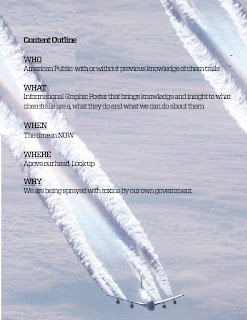Emotional Salience
It must appeal to both the eyes and affect. This will connect the brain into remembering something impacting. Powerful imagery increases our emotional salience. Computational effects are also powerful way to express and evoke emotion. Research shows that people like emotional images rather than neutral ones. Color is the most impacting to emotions. It communicates rage, hate, love, strength, earth, etc etc etc.
Narratives
We all love stories and a good story is one we can relate to and draw our own experience/relationship with. As a designer if we can create an effective narrative we will be able to direct our viewer to a conclusion that is in coherence with our message. This can obviously be manipulated. If you have ever watched TV, I hope for GOD SAKE that you have noticed that the reality is being twisted to sell a product. In a study where subjects listened to a script and were told to imagine their involvement in the scenes, the narratives triggered areas of the brain that emotionally prepared the participants to take physical action. That's pretty damn strong if your trying to sell something.
Visual Metaphors
When a visual metaphor succeeds, it synthesizes two objects or concepts to reveal a new connection or a deeper meaning. Visual metaphors are intertwined with our cultures. Knowing how to tip-toe inside of a culture is a very hard thing to do and take probably a life time within a culture to be able to correctly perform this. Juxtaposition is a strong tool to create metaphors. Metaphors make emotions tangible.
Novelty and Humor
Novelty must defy convention and create visual surprise. This will create an emotional reaction that triggers attention and heightened interest. It results when unexpected themes are brought together and when type and image seem to oppose each other. Moderation seems to work best.
I find humor to be one of the hardest things to nail. Humor driven advertising/communication is one the strongest types of emotional drivers we have. Think of the Super-Bowl; Why are 99% of the advertisements fighting for 'Best Joke'. Being able to tell a joke, to that massive of an audience that will truly laugh, is precious material.





































-01.jpg)
























